Technological Advancements
Technological innovations are significantly influencing the Long Range Ordered Porous Carbon Market LOPC Market. Recent advancements in synthesis techniques, such as template-assisted methods and chemical vapor deposition, have improved the production efficiency and scalability of LOPC. These technologies enable the creation of highly ordered porous structures with tunable properties, which are essential for various applications, including energy storage and catalysis. The market is witnessing a shift towards more sophisticated manufacturing processes that enhance the performance characteristics of LOPC. For instance, the integration of nanotechnology in LOPC production is expected to enhance its surface area and adsorption capacity, making it more competitive in the market. As a result, the industry is likely to experience a surge in demand for LOPC materials, particularly in high-tech applications, which could lead to a market growth rate of approximately 8% annually.
Sustainable Material Demand
The increasing emphasis on sustainability is driving the Long Range Ordered Porous Carbon Market LOPC Market. As industries seek to reduce their carbon footprint, the demand for eco-friendly materials has surged. LOPC, known for its high porosity and structural integrity, is being recognized as a viable alternative to traditional materials. This shift is evident in sectors such as construction and automotive, where companies are integrating LOPC into their products to meet regulatory standards and consumer preferences. The market for sustainable materials is projected to grow at a compound annual growth rate of 10% over the next five years, indicating a robust opportunity for LOPC applications. Furthermore, the alignment of LOPC with circular economy principles enhances its appeal, as it can be produced from renewable resources and is recyclable, thus contributing to a more sustainable future.
Regulatory Support and Incentives
Regulatory support and incentives are playing a crucial role in shaping the Long Range Ordered Porous Carbon Market LOPC Market. Governments worldwide are implementing policies aimed at promoting the use of advanced materials that contribute to sustainability and environmental protection. These regulations often include financial incentives for companies that adopt LOPC in their products, thereby encouraging innovation and investment in this sector. The establishment of standards for material performance and environmental impact is also fostering a more favorable market environment for LOPC. As industries strive to comply with these regulations, the demand for LOPC is expected to rise, potentially leading to a market growth rate of 9% over the next few years. This regulatory landscape not only supports the adoption of LOPC but also enhances its competitiveness against traditional materials.
Collaborative Research Initiatives
Collaborative research initiatives among academic institutions, industry players, and government agencies are propelling the Long Range Ordered Porous Carbon Market LOPC Market forward. These partnerships are focused on exploring new applications and enhancing the properties of LOPC materials. For example, joint research projects are investigating the use of LOPC in environmental remediation and energy-efficient technologies. Such collaborations not only facilitate knowledge sharing but also accelerate the commercialization of innovative LOPC products. The establishment of research consortia has led to increased funding and resources dedicated to LOPC studies, which is expected to yield breakthroughs in material performance. As a result, the market is likely to expand, with projections indicating a potential increase in market size by 15% over the next few years, driven by the successful outcomes of these collaborative efforts.
Growing Energy Storage Applications
The rising demand for energy storage solutions is a key driver for the Long Range Ordered Porous Carbon Market LOPC Market. With the global shift towards renewable energy sources, efficient energy storage systems are becoming increasingly critical. LOPC materials, due to their high surface area and porosity, are being explored for use in supercapacitors and batteries. The energy storage market is anticipated to grow at a rate of 12% annually, creating substantial opportunities for LOPC applications. Furthermore, the ability of LOPC to enhance charge storage capacity and cycle stability positions it as a favorable choice for manufacturers. As energy storage technologies evolve, the integration of LOPC could lead to more efficient and sustainable energy systems, thereby driving further growth in the market.


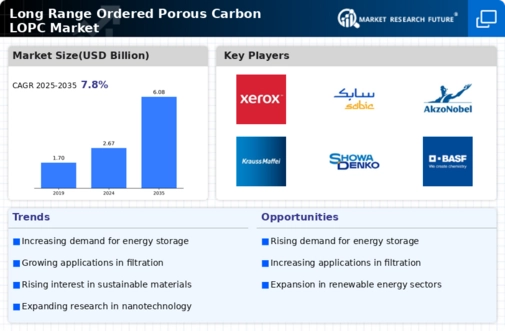
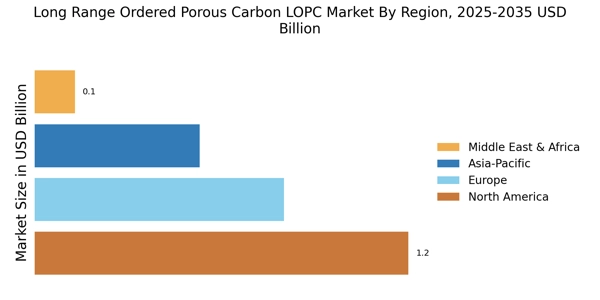
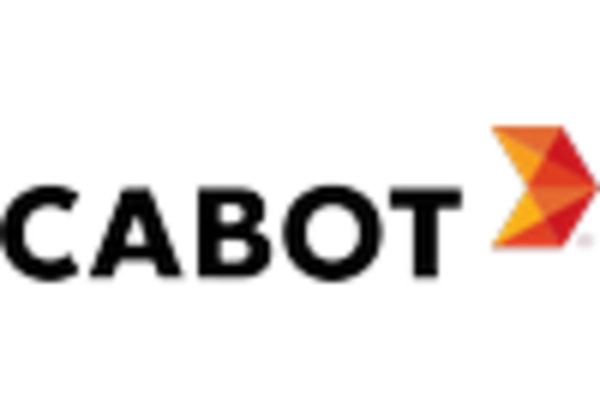
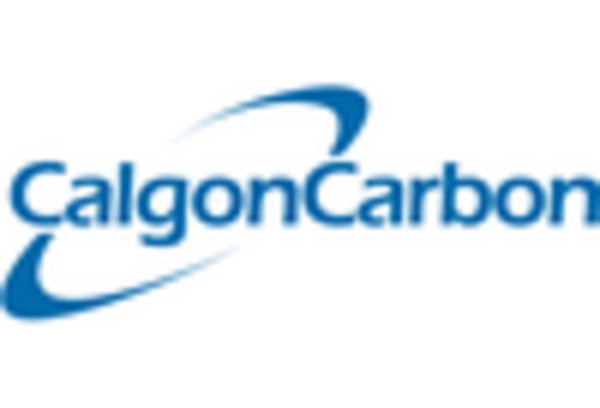
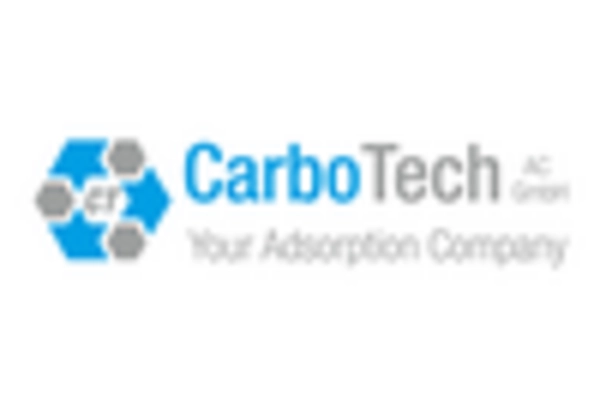
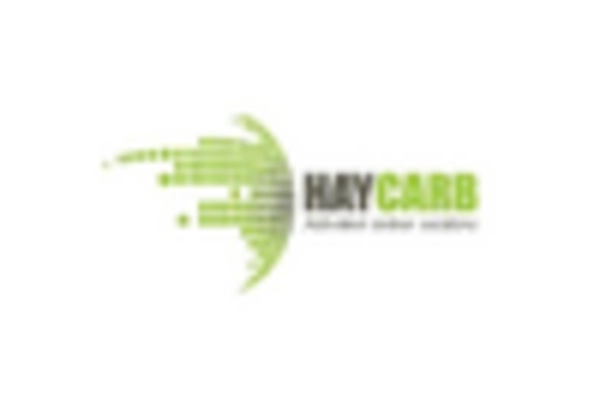
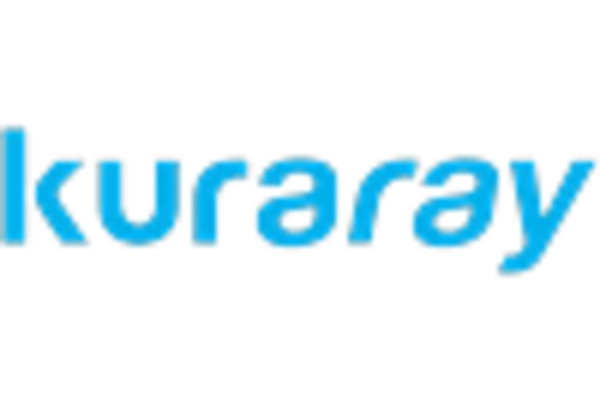









Leave a Comment